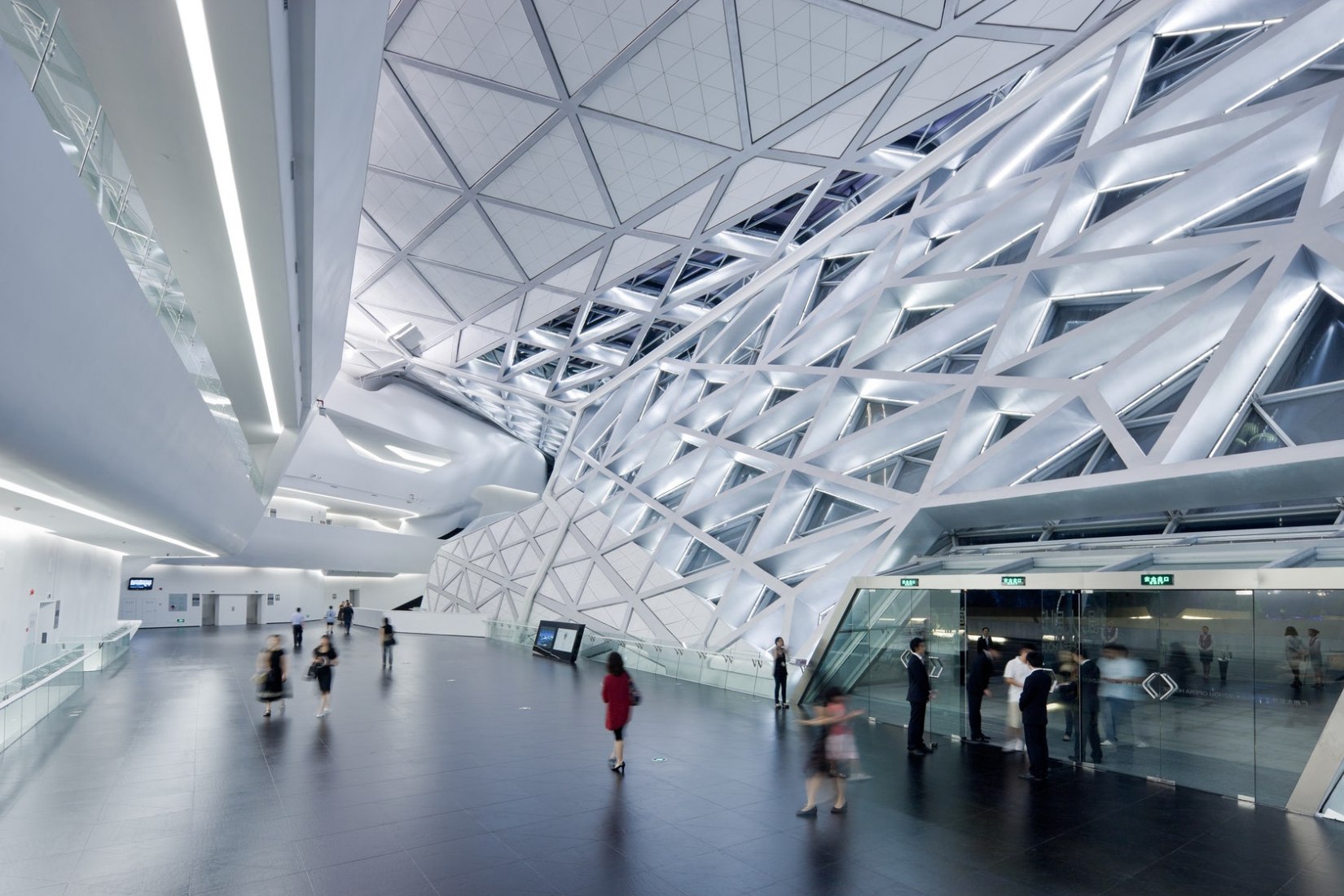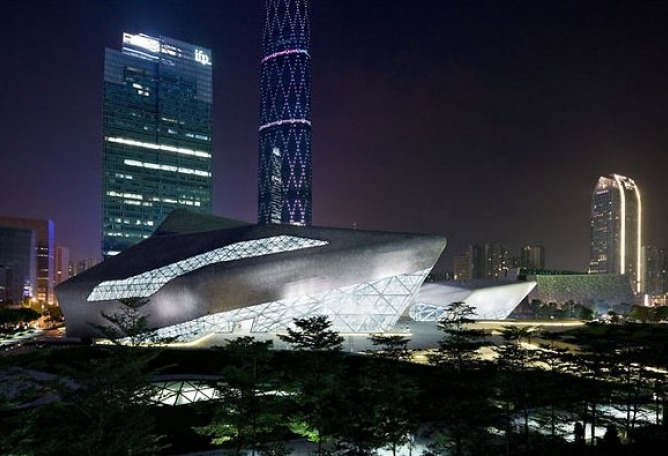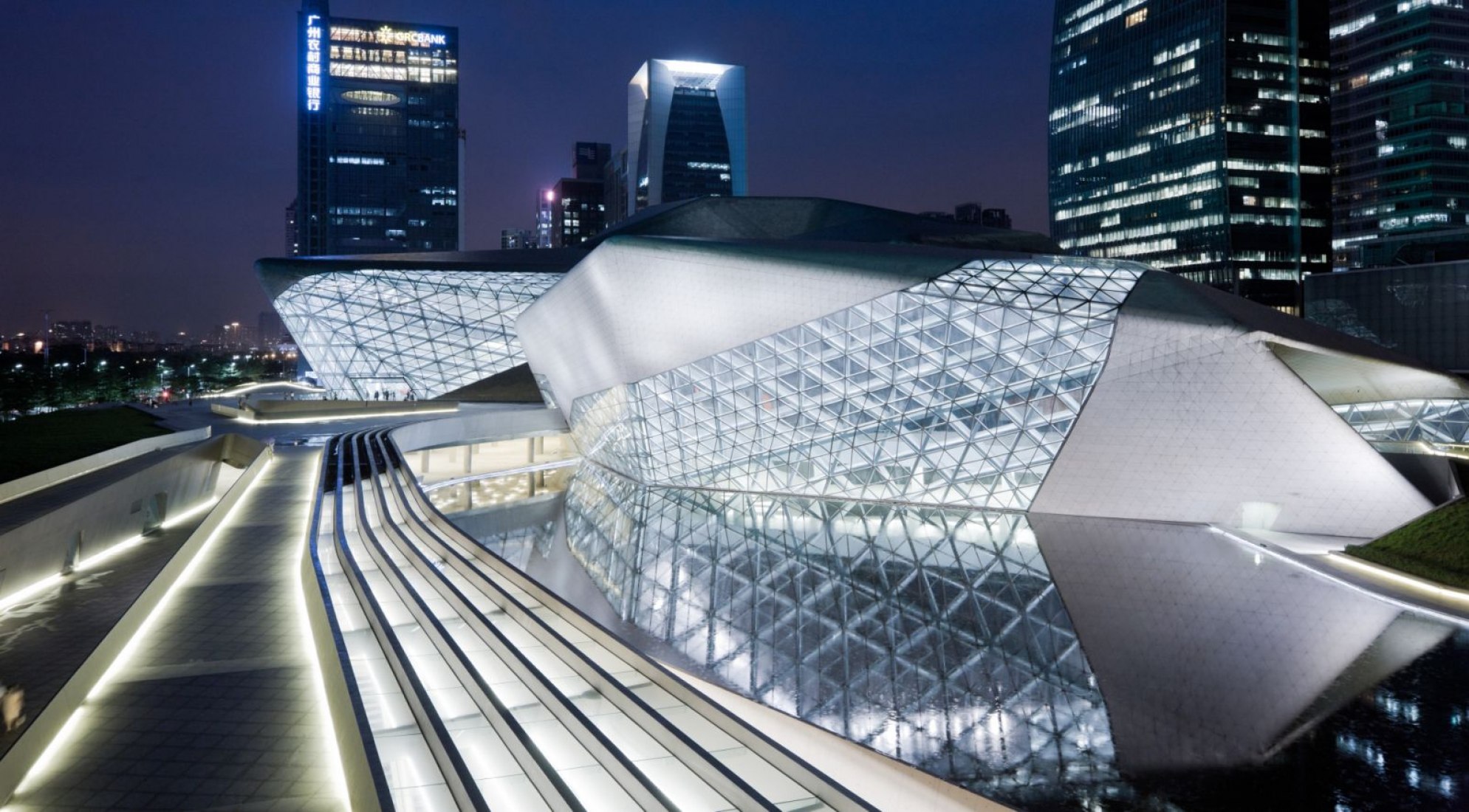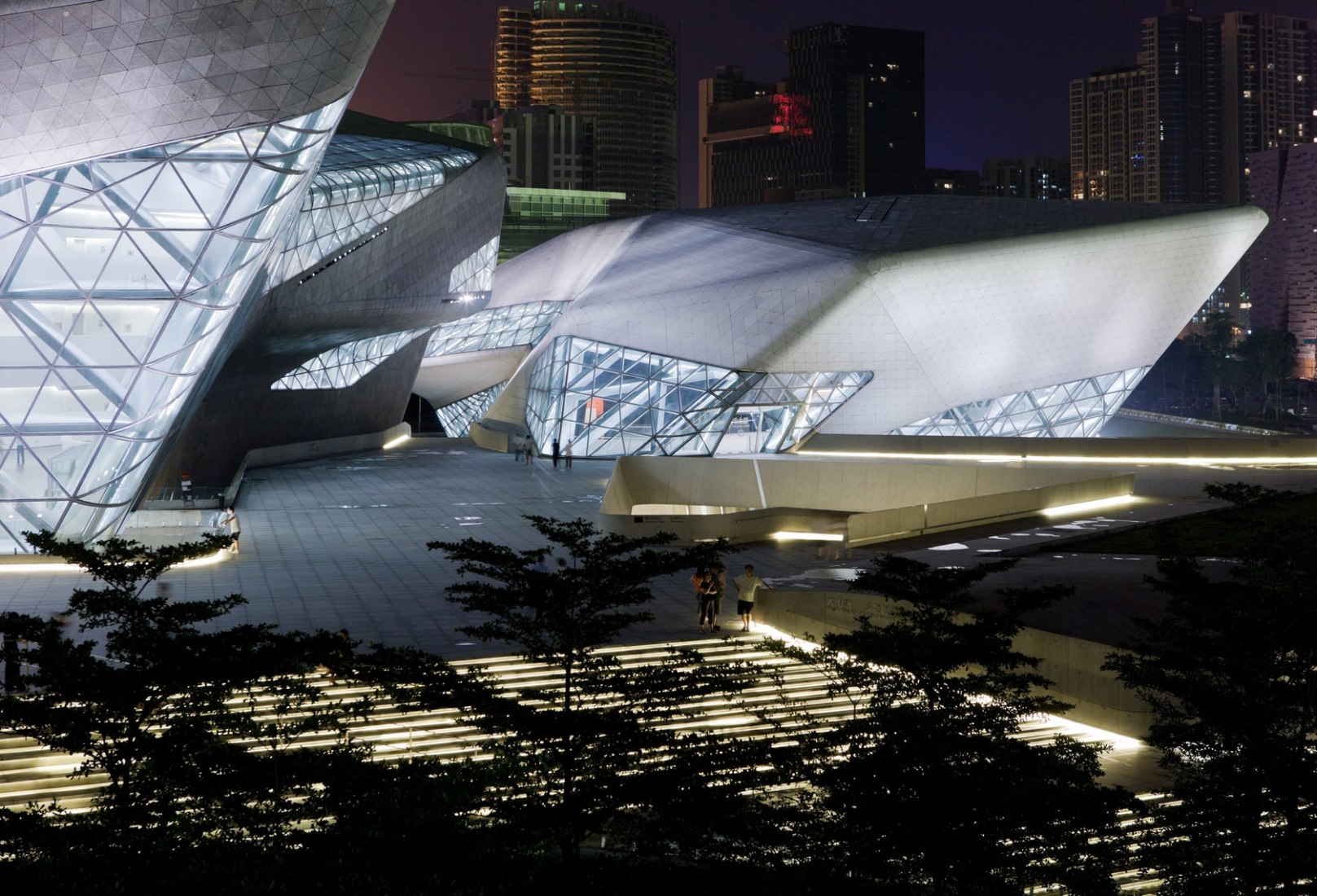Since base, to deal what type of architecture is what is to come, which is finishing after years of economic boom and crisis, we have realized this small summary, from New York, Chile and London. Estimated readers, the conclusions are yours. Good summer!!
On 5 July, the month began with a headline in The New York Times, New York, in the line of praise towards Zaha Hadid which it used by Nicolai Ouroussoff, "Chinese Gem That Elevates Its Setting". Quickly in the second paragraph, as if he needed justification, a small point of criticism of the accelerated construction processes typical of China and other places not so far:
"It says something about the state of architecture today that the most alluring opera house built anywhere in the world in decades is in a generic new business district at the outer edge of this city, has no resident company and a second-rate program.
And because this is China, a country that is still undergoing cultural growing pains and whose architectural monuments are mostly being built by unskilled migrant labor, the opera’s construction was racked with problems and the quality of some of it is abysmal."
On July 12, Katerina Gordon, from Chile, in an article for Plataforma de Arquitectura, in a somewhat alarmist, but not without arguments, titled "Opera House by Zaha Hadid in China begins to collapse."
Katerina said, joining the project situation in China at the situation differently in Chile: "the Prado de San Sebastian, which can not continue with their work halted since 2009 and today the Opera House of China has serious structural problems".
..."Este proyecto fue inaugurado hace menos de un año en la ciudad de Guangzhou al sur de China y ha sido catalogado como una de las más grandes obras contemporáneas de China. Al parecer una mala ejecución del proyecto ha llevado al colapso de los materiales, han aparecido grandes grietas en muros y cielos, se han desprendido vidrios de sus ventanas y han habido filtraciones tras lluvias. Además han debido cambiar más de 75.000 bloques de granito pues estaban muy mal fabricados.
El Opera House tuvo un coste superior s los £113 millones y tomó más de 5 años su construcción. Según Yu Huiyano, subgerente de la empresa constructora encargada del proyecto, asegura que no se trata de un problema en la calidad del diseño sino que al comenzar la construcción no se tomó en consideración la complejidad del diseño."...
On July 15, Jonathan Glancey, from London, the Guardian still recognizing the value of the work of Zaha Hadid was still on the same line of criticism or at least thinking, recognizing the situation, but also mitigating some exaggerations about the Opera in Guangzhou, with You Simon statements (project architect the Opera House) from China:
"I've just been to inspect the building. It's typhoon season and its been pouring with rain, but rain isn't 'seeping relentlessly into the building' as has been reported. Glass panels haven't fallen from windows and no large cracks have appeared. I'm not sure what all this is about. Yes, there's still a lot of snagging to be done; we've demanded a high standard of work from what is often seasonal labour, but the flaws are superficial.
Last week was the opening of the Aquatics Centre in London, where the Zaha building with a cover that reminds us the best of her work appeared with two ears or side dressings and Rowan Moore commented that: "One of the Most Gorgeous Turned spaces out to be the view of the pool underwater Through the windows seen Provider for TV cameras. It looks like an art installation. "
Well, it's hot and maybe the best is underwater. Good summer!!
MORE: Frozen movement and hedonism by José Juan Barba| ArsMagazine - Ars Magazine




























